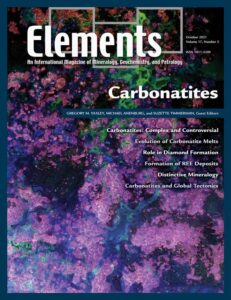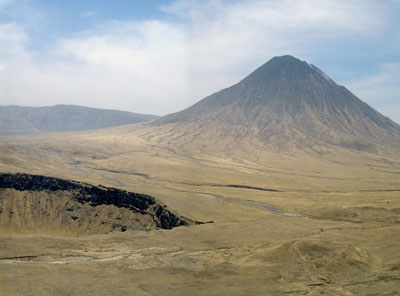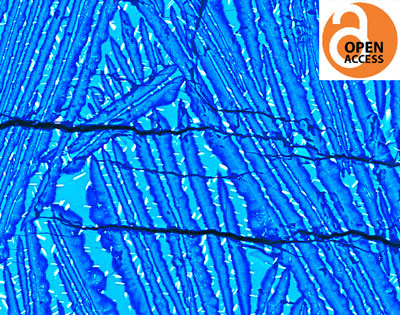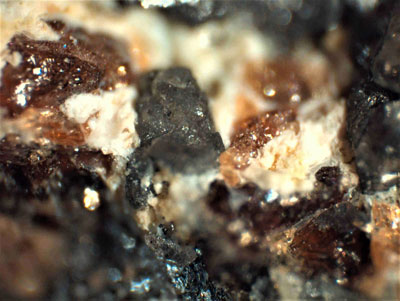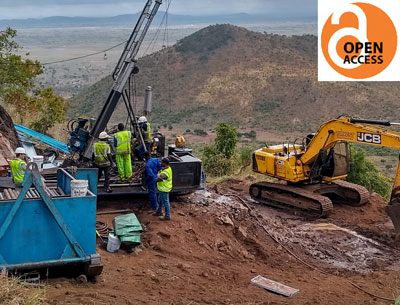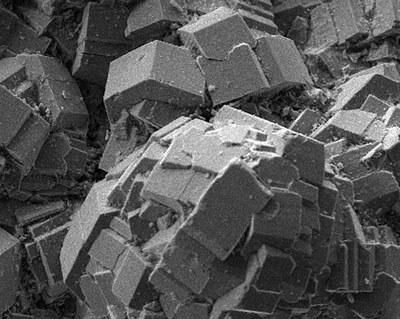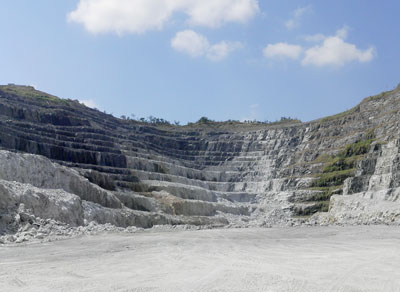
Carbonatites
Gregory M. Yaxley, Michael Anenburg, and Suzette Timmerman – Guest Editors
Table of Contents
Carbonatites are rare, but important, igneous rocks in the Earth’s crust. They are composed dominantly of the Ca, Mg, and Fe carbonates, along with many other minor and trace components. The popularity of high-tech devices—smart phones, electric motors for zero-emission vehicles, wind turbines for renewable energy—has led to a renewed focus on these enigmatic carbonatite magmas, because to make these devices requires rare earth elements and the majority of the world’s rare earth elements are associated with carbonatites. This issue explores the current models for how carbonatites form and evolve in the mantle or crust, the temporal and tectonic controls on their formation, why they are so enriched in rare earth elements, and what are their economically significant minerals.
- Carbonatites: Contrasting, Complex, and Controversial
- Evolution of Carbonatite Magmas in the Upper Mantle and Crust
- Carbonatitic Melts and Their Role in Diamond Formation in the Deep Earth
- Formation of Rare Earth Deposits in Carbonatites
- The Distinctive Mineralogy of Carbonatites
- Carbonatites and Global Tectonics
v17n6 Heavy Stable Isotopes: From Crystals To Planets
GUEST EDITORS: François L. H. Tissot(California Institute of Technology, USA) and Mauricio Ibañez-Mejia (University of Arizona, USA)
Since their discovery in 1913, stable isotopes have become formidable tracers of physicochemical processes at all scales. Steady advances in mass spectrometry have allowed isotopic inquiries to move from the so-called “traditional” systems (i.e., H, C, N, O, and S) to heavier “nontraditional” systems (e.g., Fe, Mo, Ti, Zr, U) whose diverse geochemical characteristics are providing novel and complementary insights. Moving from micron-size systems (single crystals) to planetary-size bodies, the articles in this issue will explore the enormous range of temporal and physical scales over which heavy stable isotopes have provided paradigm-shifting insights into the evolution of our planet and solar system. We will also highlight new frontiers where novel stable isotope systematics appear particularly promising for unraveling long-standing questions.
- Reading the Isotope Code: Lessons from Emerging Isotope Systems
Mauricio Ibañez-Mejia (University of Arizona, USA) and François L. H. Tissot (California Institute of Technology, USA) - Breaking the Equilibrium Paradigm: Kinetic Isotope Fractionation in High-Temperature Environments
James M. Watkins (University of Oregon, USA) - Unlocking the Single-Crystal Record
François L. H. Tissot (California Institute of Technology, USA) and Mauricio Ibañez-Mejia (University of Arizona, USA) - Planetary Genealogy
Christoph Burkhardt (University of Münster, Germany) - Planetary Mantles: The Iron Conundrum
Paolo A. Sossi (ETH Zurich, Switzerland) and Anat Shahar (Carnegie Institution for Science, USA) - The Icing on the Cake: Forming Earth’s Crust
Sarah M. Aarons (University of California, San Diego, USA), Aleisha Johnson (University of Chicago, USA) and Shelby Rader (Indiana University, USA) - Planetary Evaporation: Atmospheric Boundaries
Haolan Tang (University of California, Los Angeles, USA) and Edward D. Young (University of California, Los Angeles, USA)
- Shedding Light on the European Alps (February 2021)
- Speleothems (April 2021)
- Exploring Earth and Planetary Materials with Neutrons (June 2021)
- Geoscience Beyond the Solar System (August 2021)
- Carbonatites (October 2021)
- Heavy Stable Isotopes: From Crystals to Planets (December 2021)


